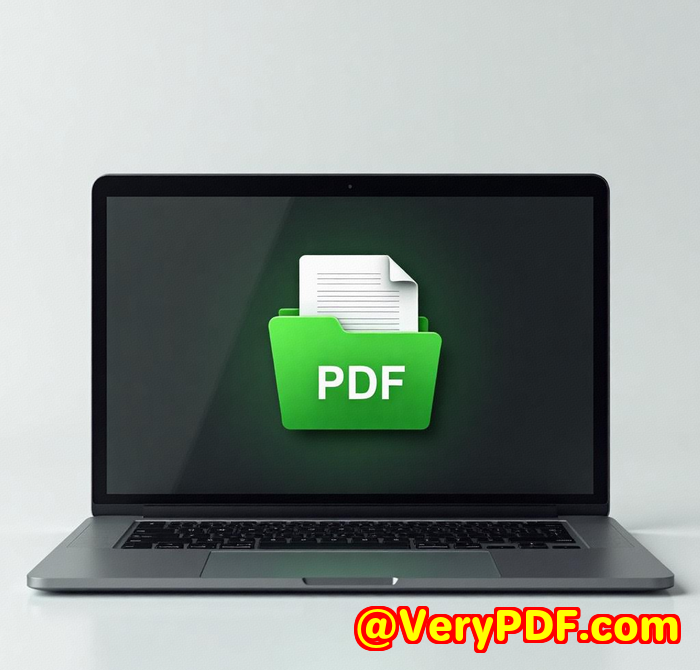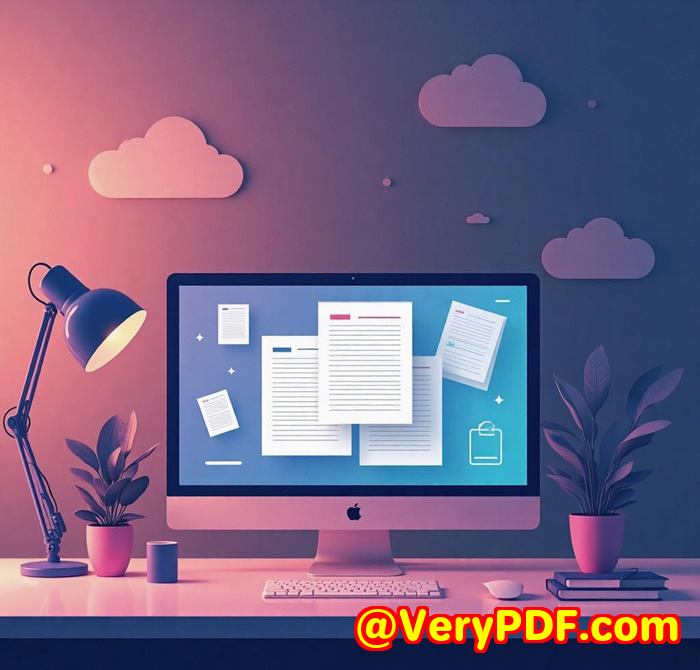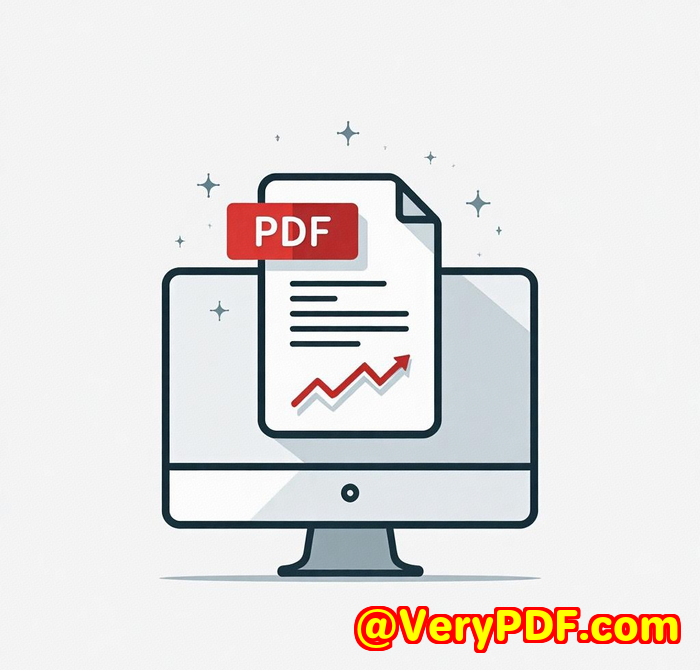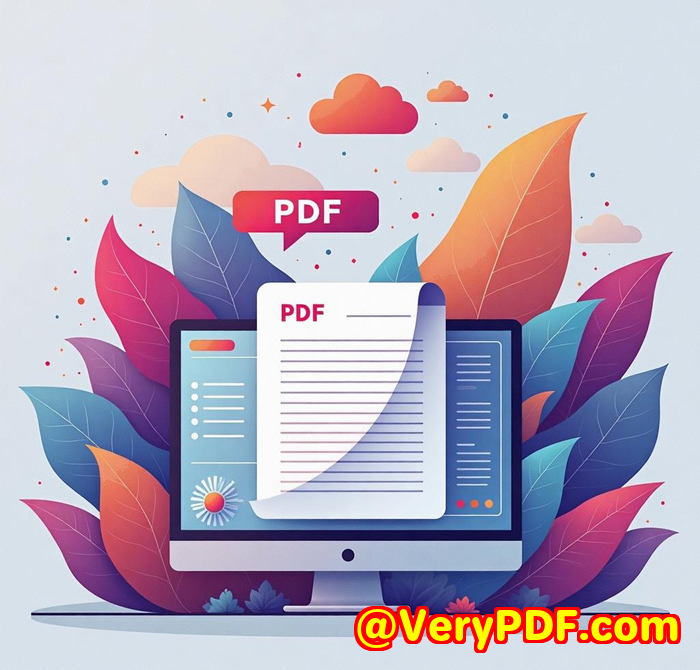Convert Large Webpages to PDF Without File Size Limits Using VeryPDF API
Convert Large Webpages to PDF Without File Size Limits Using VeryPDF API
Meta Description:
Turn even the largest webpages into high-fidelity PDFs with no file size limits using the VeryPDF Webpage to PDF Converter API.
Every Developer Has Hit This Wall
You're building something slick maybe it's a reporting dashboard, a web-based content archive, or an app that snapshots marketing landing pages.
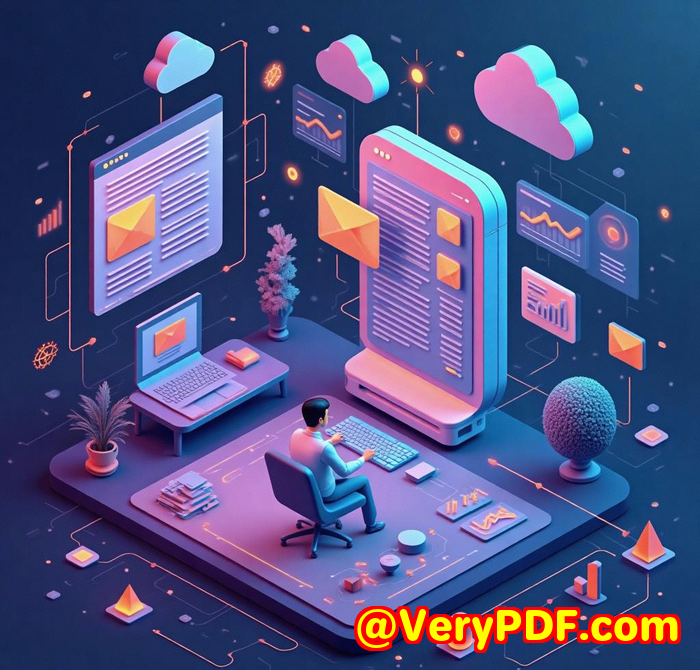
Everything's going fine until a client drops a bomb:
"We need to convert these 300+ page webpages to PDF. No compression. All elements intact. Can your system handle that?"
That's where I used to get stuck. Most HTML-to-PDF solutions choke on large, dynamic webpages. They cut off content, butcher CSS, and worse they have file size limits. Ever had to split a single web page across multiple PDFs because of tool limitations?
Painful.
That's when I found VeryPDF Webpage to PDF Converter API, and it honestly changed how I handle large-scale document rendering.
Finally Found a Solution That Doesn't Flinch
I didn't stumble on VeryPDF by accident. I was deep in developer forums, skimming one frustrated thread after another.
Someone casually mentioned:
"Try the VeryPDF HTML to PDF API it handles big jobs like a champ."
I took a look. The RESTful API was simple, clean, and didn't need me to install yet another SDK. No lock-in. No bloated dependencies.
But what hooked me?
No file size restrictions.
That alone was enough for me to give it a go.
What It Actually Does (And Why It's Different)
Here's the high-level:
The VeryPDF Webpage to PDF Converter API lets developers convert any webpage static or dynamic to high-fidelity PDF files. You pass in a URL (or raw HTML), choose your PDF options, and boom you've got a beautiful, clean PDF that actually looks like the original page.
And when I say beautiful, I mean it supports:
-
Modern CSS (think flexbox, grid, Google Fonts)
-
JavaScript execution (for interactive content)
-
Custom headers, footers, and paper sizes
-
Encryption, security, and S3 support
-
Real screenshots with full-page rendering
-
HIPAA-level privacy
It's like if Chrome and a PDF generator had a baby and it was born ready for production.
Use Case #1: Marketing Teams That Want Clean Snapshots
One client needed to archive all landing pages for legal records. That sounds simple until you're dealing with responsive design, carousels, dynamic embeds, and GDPR modals.
Using VeryPDF, I set up a cron job to convert their pages daily. The PDFs matched the live pages exactly, including animations and fonts. We used custom headers to timestamp each one.
I've used Webkit-based converters before. They don't even come close half the time, they fail to render dynamic content or just timeout.
Use Case #2: Automating Blog Banners for Social Media
This one surprised me.
A SaaS client needed Open Graph images for blog posts automatically generated. I used VeryPDF's HTML-to-image endpoint (same API, just switch the app parameter), built custom templates in HTML/CSS, and now every blog post they publish gets a slick banner auto-generated for LinkedIn and Twitter.
No more Canva. No more manual uploads.
Just raw HTML + API = result.
Use Case #3: Exporting Reports From Web Apps
You've probably built some kind of analytics dashboard before. Or an invoice tool. Or a customer portal. Now imagine this:
-
You hit a button
-
The API pulls raw HTML from your app
-
It returns a branded, pixel-perfect PDF with dynamic charts and everything
No need to rebuild reports in Excel or Word. No layout mismatches. No fiddling with iframe screenshots.
That's what VeryPDF let me do for a fintech platform.
Time saved: 20+ dev hours per month.
Standout Features (Real-World Impact)
1. Insane Rendering Accuracy
This API is built on a Chrome rendering engine, not some outdated wkhtmltopdf fork. It supports everything including:
-
Bootstrap, Tailwind, Bulma
-
Custom fonts, SVG, and charts
-
Lazy-loaded content
-
Full CSS3 support
It's not guessing what the page looks like. It's rendering it exactly how Chrome would.
2. Customisation Options for Control Freaks
Need custom paper size? Done.
Want to add page numbers or logos in headers? Easy.
Need to wait for specific DOM elements before rendering? You can do that too.
Here's what I used in one project:
Instantly branded PDFs, no manual edits.
3. Speed & Scalability That Doesn't Break
Some APIs take 15-30 seconds per render. Not here.
VeryPDF processes PDFs in under 2 seconds, even for large, media-heavy webpages.
And if you're doing batch processing, just queue up multiple requests with the webhook system. It handles concurrency like a beast. I once processed over 3,000 PDFs in under 20 minutes.
Why Other Tools Didn't Cut It
Let me be real:
I tried:
-
Puppeteer + headless Chrome (overkill, flaky rendering, hard to maintain)
-
HTML2PDF.js (great for small projects, but not production-grade)
-
Browserless.io (solid, but gets expensive fast)
-
Wkhtmltopdf (dated rendering, doesn't handle JS well)
VeryPDF just... works.
And the fact that it doesn't store your data unless you ask it to? That matters, especially if you're working with medical, legal, or financial data.
Who This Is For
If you're:
-
A developer building a SaaS platform with export options
-
A marketer automating webpage previews or social content
-
A designer generating client previews from live web pages
-
A legal or healthcare team archiving web content securely
-
A content team needing real snapshots of articles or blogs
this tool belongs in your stack.
It's not just for devs. It's for anyone who needs real web-to-PDF automation that works.
My Final Take
This tool removed 80% of the friction I had with PDF conversion.
No bloated installs.
No CLI gymnastics.
No weird output bugs.
Just a clean REST API that respects what I built.
I'd highly recommend this to anyone who deals with large volumes of webpage content, legal archives, reports, or design previews.
Start your free trial now and boost your productivity:
https://www.verypdf.com/online/webpage-to-pdf-converter-cloud-api/try-and-buy.html
Custom Development Services by VeryPDF
Need something more specific?
VeryPDF offers custom development solutions tailored to your workflows.
Whether you're working on Linux, macOS, Windows, or a serverless environment, they've built it before. From virtual printer drivers to OCR, layout analysis, document security, and cloud automation, they've helped hundreds of companies get PDF tools embedded where they're needed most.
They also support:
-
Windows API, Python, PHP, C/C++, JavaScript, .NET, and more
-
Barcode recognition + generation
-
Custom hooks to monitor file and printer access
-
PDF encryption, DRM, and signature tools
-
Cloud-based solutions for conversion, viewing, and digital signature
Have a unique project? Reach out:
http://support.verypdf.com/
Frequently Asked Questions
Can I use this without an account?
Yes. You can try it out before signing up.
Does it store my PDFs after conversion?
No. By default, nothing is stored unless you enable optional storage (kept for up to 30 days).
Does it support batch conversions?
Yes. You can automate large sets of URLs or HTML content with webhook support and concurrency settings.
What if I need to cancel or switch plans?
No problem. Upgrade or cancel anytime from your dashboard.
Are there SDKs for different languages?
Not yet but it's so easy to integrate, you won't need one. The docs walk you through every step.
Tags / Keywords
-
webpage to PDF API
-
convert large webpage to PDF
-
HTML to PDF REST API
-
automated PDF generation from URL
-
bulk webpage to PDF conversion
